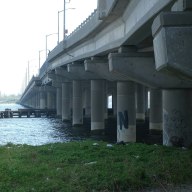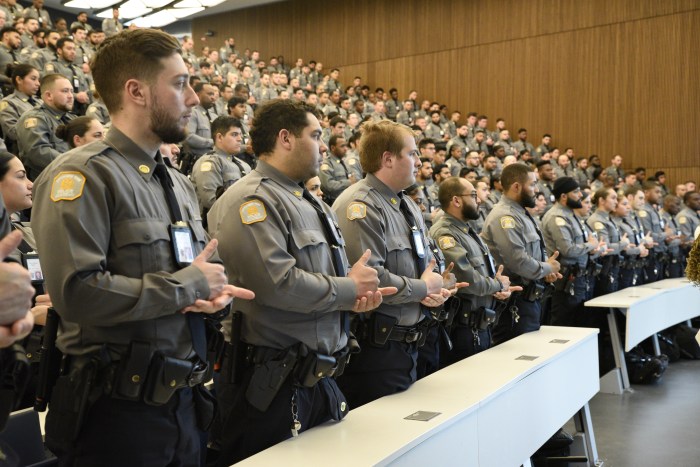By Kathianne Boniello
Some might call Colleen Cronin reckless.
After all, not many people would give up their jobs and future plans to try to break the world record for rowing across the Atlantic Ocean to Ireland.
Especially when they'd never rowed before.
“For me it was a question of why not,” said Cronin, who grew up in Bayside and celebrated her 30th birthday during the voyage. “It was an experience I just couldn't pass up.”
That experience ended for Cronin this week when she and her partner, Roy Finlay of Scotland, returned to North America from their expedition after being forced back by terrible weather.
Cronin and Finlay, an experienced seaman, began their journey by building their own boat, a 26-foot, multihull extravaganza which had two bunks, held two weeks' worth of food and water, and allowed for satellite phone and laptop communications.
The two met in Kinsale, Ireland in October 1999 after Cronin, a marathon runner, participated in a race in Dublin to raise money for Memorial Sloan Kettering.
When Finlay visited New York earlier this year and told Cronin of his plan to try to break the record, she said she did not hesitate to join him.
Cronin said she had no formal rowing training.
Even though her family, which includes her parents and six brothers and sisters, objected to the journey at first, the St. John's University graduate said she was set on it.
“I was just doing it for myself,” she said with a glint in her eyes. “I was really taking a gamble. I had never been out on the sea.”
The gamble began in St. John's Harbor, Newfoundland, where the pair built their boat and began their trip. They had planned to arrive at Sligo Bay in Ireland in less than 55 days. That record was set by one man in 1987.
“We felt that with two people rowing at all hours it would go faster,” Cronin said. “We thought we would at least have a chance.”
She credited the people of Belle Island near St. John's Harbor for their help in the boat building, as well as their sponsor, Great Spirits, a company based in Texas and New York that imports the Celtic Crossing liquor from Ireland.
So Cronin and Finlay launched their own “Celtic Crossing” on July 26, seeking westerly winds to help push them toward Ireland. With a rowing schedule of two hours on, two hours off during the day and four hours on/off at night, the pair planned to go about 40 to 50 miles each day.
But two days into the journey the temperamental ocean began to wreak havoc on the rowers.
Three days of easterly winds pushed the pair backward, despite a sea anchor that was supposed to hold their position. They lost 30 miles.
A storm soon followed, drenching the rowers.
“There was no light,” Cronin said. “No moon, no stars – complete darkness. You couldn't even see the waves hitting the deck. We had to row by the hour because it was so tiring.”
Getting caught in the Labrador Current, which runs south, held up the adventure even more. And when they got word of an approaching hurricane, Cronin said they knew it was time to throw in the towel.
“We could not pick up the ground we needed,” she said. After traveling about 600 miles, they were forced to row back to shore, which took 12 days, Cronin said.
“I never imagined we would be turning back,” she said. “There was one day I never had a doubt about – that was reaching Ireland.”
While Cronin admitted her disappointment, she said her only regret was her decision not to bring a video camera.
“The abundance of wildlife was just incredible,” she said. Dozens of whales, dolphins, and a shark swam right next to the boat.
Cronin said she and Finlay were planning a second trip but would not be specific.
“I loved it,” Cronin said of the experience. “I really can't wait to go back.”































